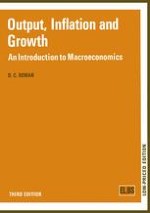1983 | Book | 3. edition
Disciplines
DE
EN
